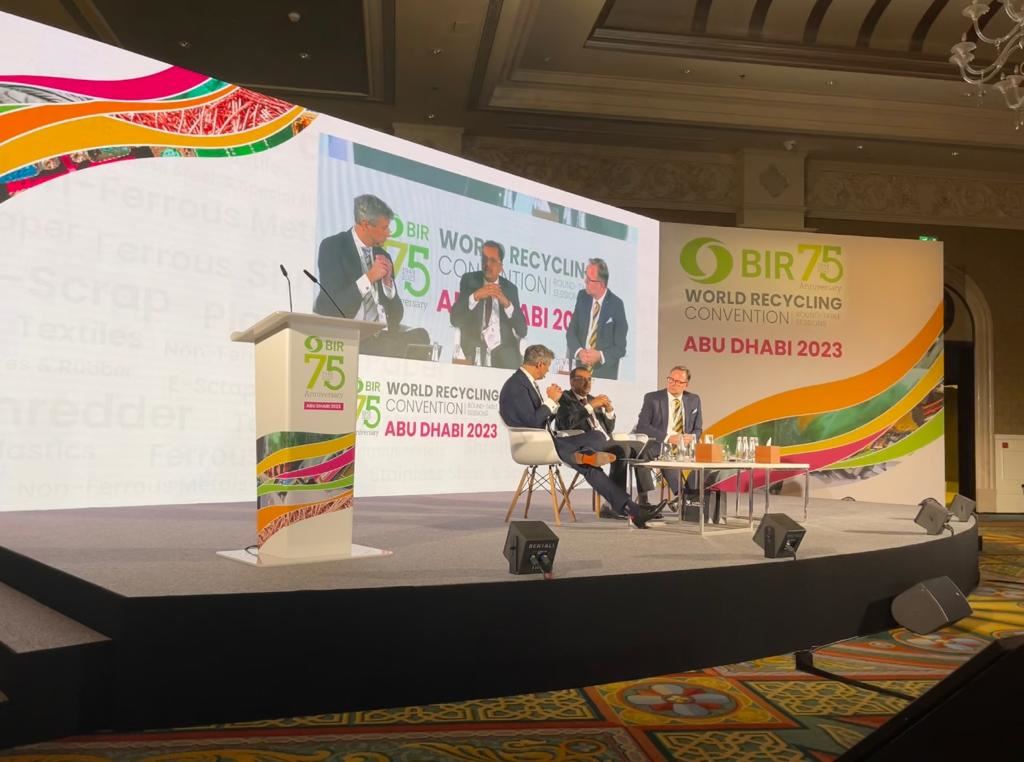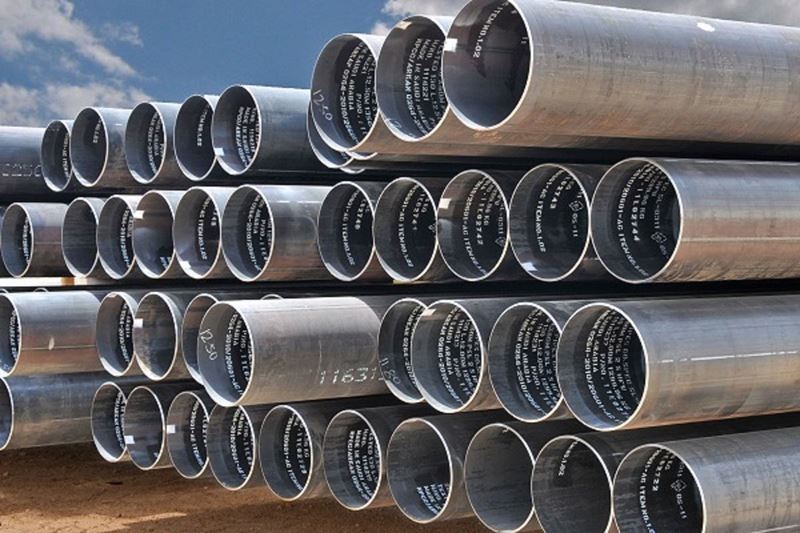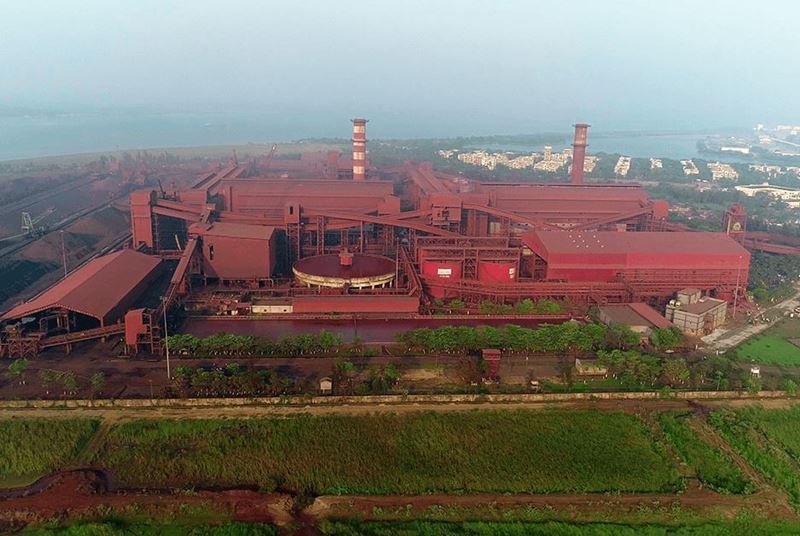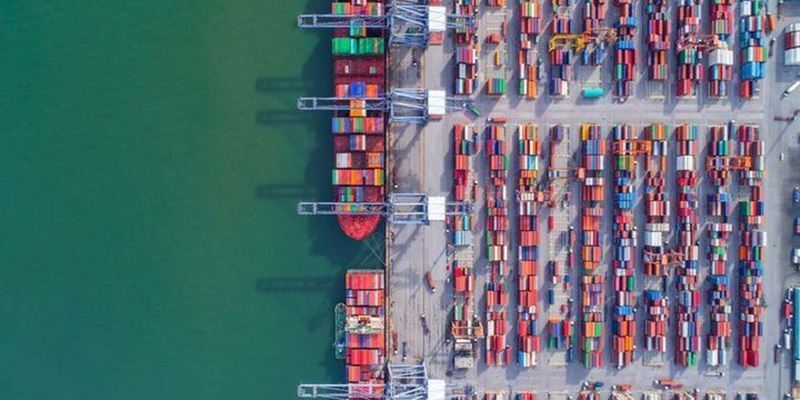Hitesh Agrawal, Managing Director of Jindal Stainless (ARE), in his presentation "Charting a Sustainable Future: Stainless Steel, Industry Trends and India's Vision for Tomorrow", pointed out that India is currently the second largest consumer of stainless steel in the world and India's vision for 2047 mentioned.

Stating that today India's per capita consumption of stainless steel is 2.83 kg and that this figure will increase to 8.5-11.5 kg by 2047, Agrawal explained with analysis that the demand for stainless steel will increase day by day: “The demand for stainless steel It is expected to increase to 6.5-7.5% by 2025.”
According to data shared by the Stainless Steel Development Association of India, the country's steel consumption increased by approximately 10% and reached 4 million tons.
In addition, in his speech, Hitesh Agrawal also touched upon where India will obtain raw materials. It was stated that the majority of stainless steel in the country is based on "scrap".
Future growth is expected in the stainless steel industry
The stainless steel industry, one of the most important products of the steel industry, is experiencing a significant rise in 2023 and production levels are expected to increase by 3-4%. It is said at the BIR conference that this increase can be attributed to the developing infrastructure and construction sector in the Middle East, especially in the United Arab Emirates (UAE).
Rising inflation also affected stainless steel production
The Stainless Steel Development Association of India has reported impressive figures of a massive 10% increase in stainless steel consumption, reaching 4 million tonnes in the last financial year. However, the stainless steel industry is also heavily affected by high inflation rates and rising interest rates and economic difficulties.
However, despite the negative effects of rising inflation, US recyclers experienced a 78% increase in shipments of recycled stainless steel in the first half of 2023 compared to the same period in 2022.
Superalloy “stainless steel” can be recycled
In these times when recycling is very important, it is of great importance that products in the steel industry are recyclable. Stainless steel, the so-called “superalloy” that was the main topic of the session, has a number of outstanding properties, including 100% recyclability, low life cycle cost, an impressive strength-to-weight ratio, aesthetic appeal, inertness, hygienic resistance, lack of toxic runoff and ease of production. .
Recycling stainless steel plays an integral role in the circular economy and contributes to global efforts to reduce carbon emissions. As the stainless steel industry prepares itself for a prosperous 2023, it remains vital in shaping the sustainable and innovative landscape of materials worldwide.

Gerhard Pariser, group sales manager and head of corporate development at Oryx Stainless, emphasized two main elements in his speech:
- recycling stainless
- key of green steel
“Scrap is a sought-after product”
Pariser emphasized that scrap is a sought-after product, especially in recent years. He noted that rates of stainless scrap and recycled products have increased significantly over the past decade. Scrap is the most sought-after product in the circular economy and carbon reduction journey.
“Scrap remains an international commodity”
Underlining that scrap is an international product, Pariser explained that in order for the scrap commodity to remain in a region, the material must be evaluated appropriately. European Union (EU27) Post-Covid balanced segment is turning to imports.
It was also stated that scrap is a key enabler of a logistically optimized and regulated recycling industry, quality and volume flows.











Comments
No comment yet.